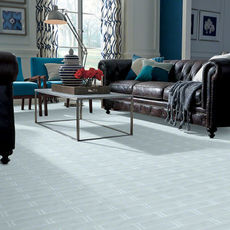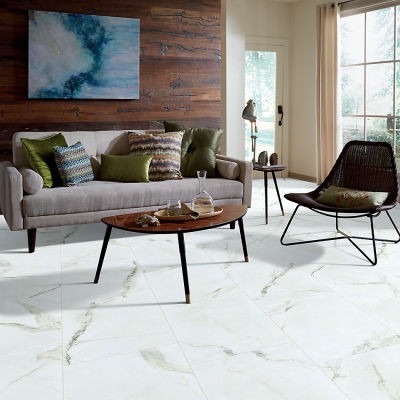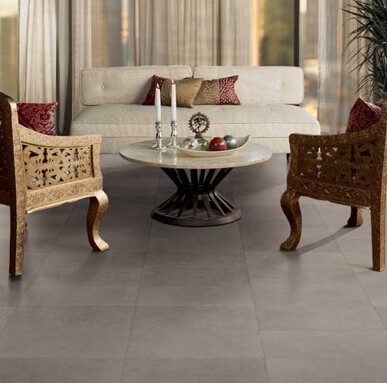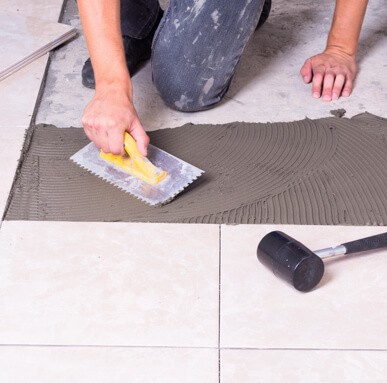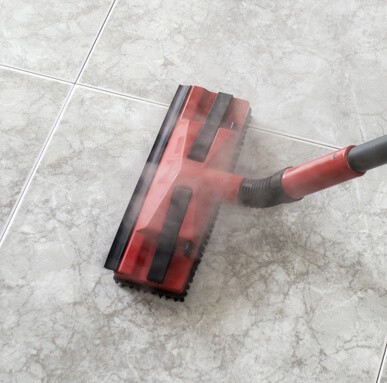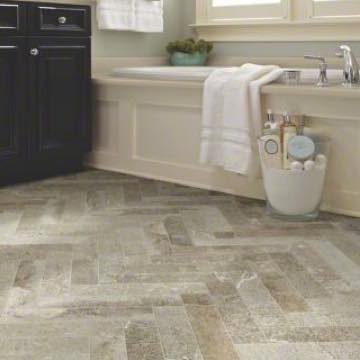
Ceramic & Porcelain Tile
Ceramic tile is molded from clay, pressed, and heated under extreme pressure.
There are two main types of ceramic tile. Non-porcelain ceramic tile is made from a combination of white, red, and brown clay, sometimes mixed with other minerals. Porcelain tile is similar, but it also contains up to 50% feldspar, a type of crystal that forms a glasslike material when heated. This gives porcelain its extreme hardness & durability.
Ceramic tile can be glazed or unglazed. Glazed tile is fired a second time to give the tile a glass-like coating, often adding color variations throughout. Glazed tile gives the added benefit of increased resistance to stains, scratching, and moisture.
Natural Stone Tile
The most common types of stone in used tile include granite, marble, limestone, travertine, onyx, slate, and sandstone.
Granite is a very dense volcanic rock with a distinctive speckled appearance. It is impervious to scratching and is excellent for high-traffic areas such as kitchens. Variations of granite allow for color and pattern differences.
Marble is a metamorphic stone known for its elegant appearance. It’s more porous and therefore recommended for decorative use rather than practical applications.
Limestone is a sedimentary rock with an earthy look, less dense than other stone. It’s more susceptible to damage, but its porous makeup allows it to be stained different colors.
Slate is an incredibly dense & durable option that comes in many darker tones. It's an excellent choice for high-traffic areas.
